There is extensive construction happening all around the capital city. Icelandic Times toured the city and took photos of large construction sites west of the Elliðaár River, from Skeifan in the eastern part of the city to Grandi in the west. On June 1, 2024, according to the National Registry, 145,571 residents lived in Reykjavík, with 23.4% or 34,108 individuals being foreign citizens. The population has increased by 1,654 individuals over the past six months, since December 1. The oldest resident of the capital is 106 years old, and Reykjavík is home to 162 women who are 95 years or older, as well as 65 men in the same age group. There are five thousand more men in Reykjavík than women, with 75,112 men compared to 70,346 women. There are 113 gender-diverse individuals. In 1924, a hundred years ago, Reykjavík had a population of 20,657, which is slightly fewer people than now live in the city’s most populous neighbourhood, Breiðholt, where 23,334 people currently reside. Breiðholt is a neighbourhood that began to be developed around 1970. Isn’t it time to start densifying the development in Breiðholt?
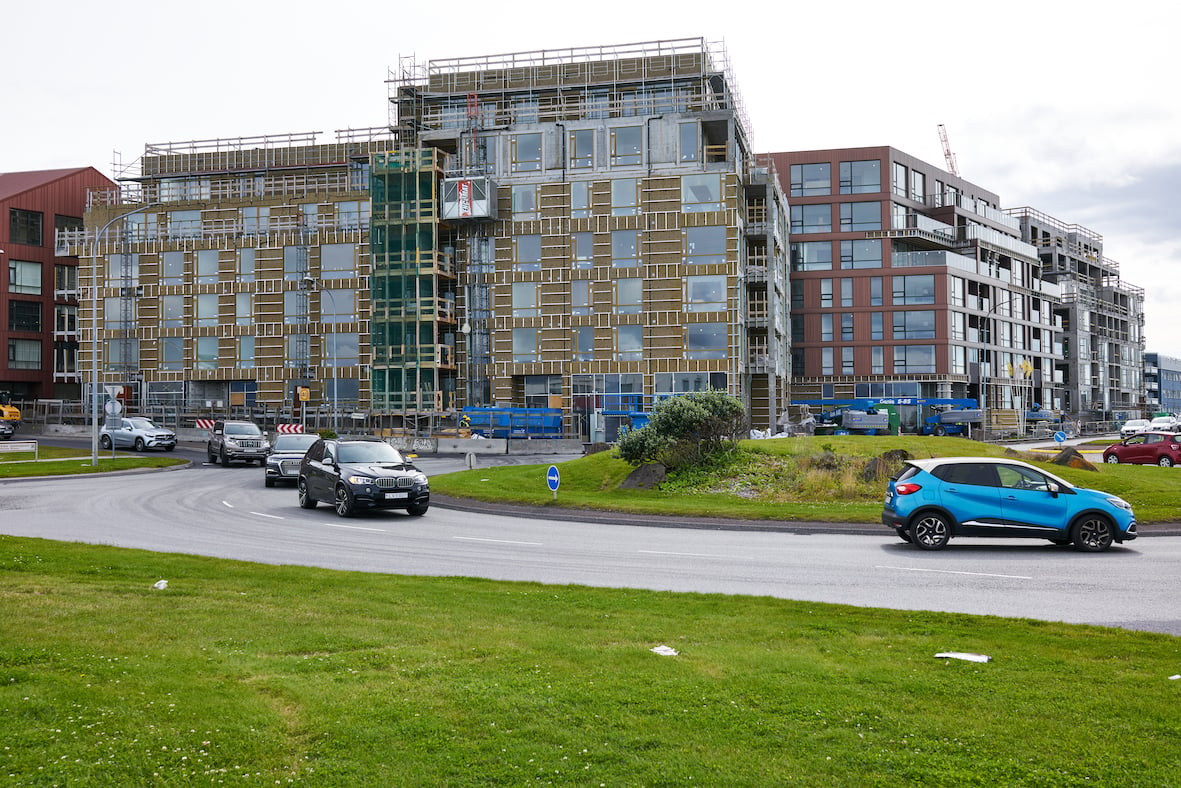
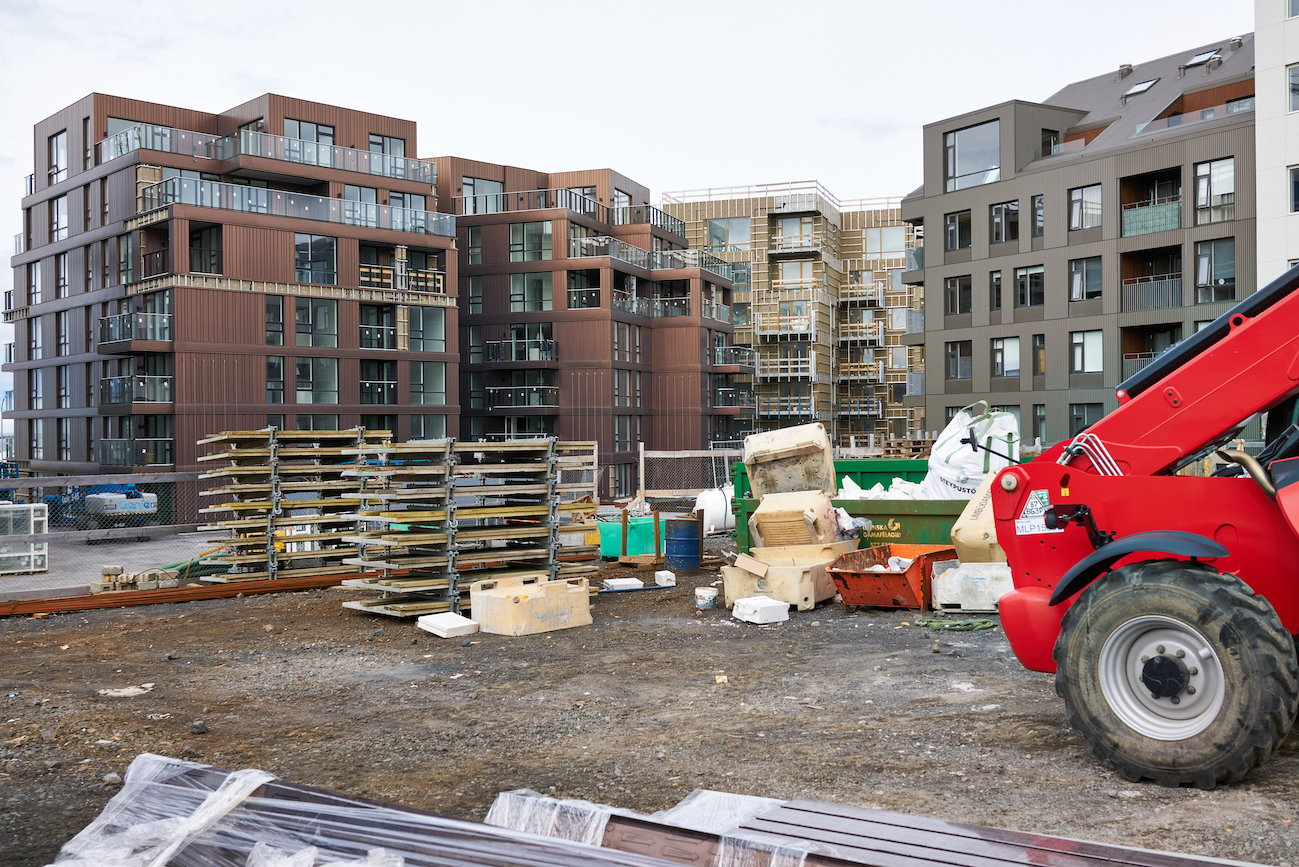
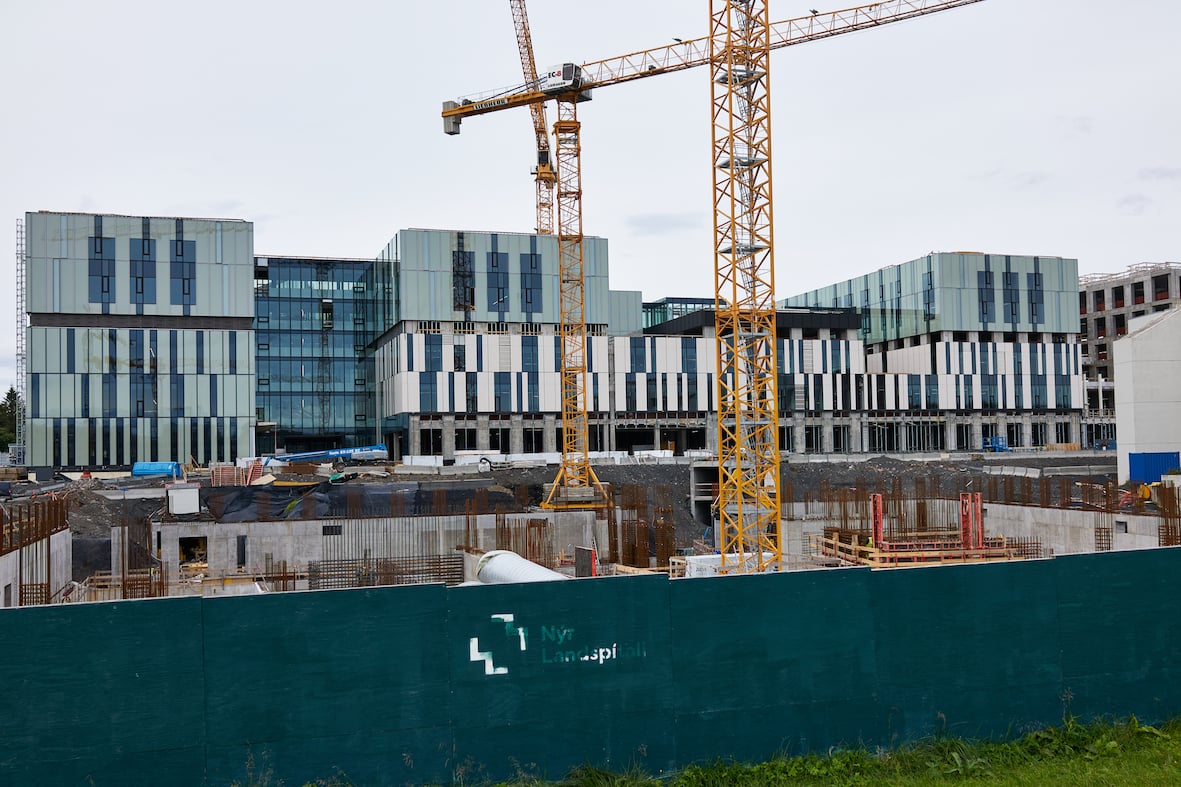
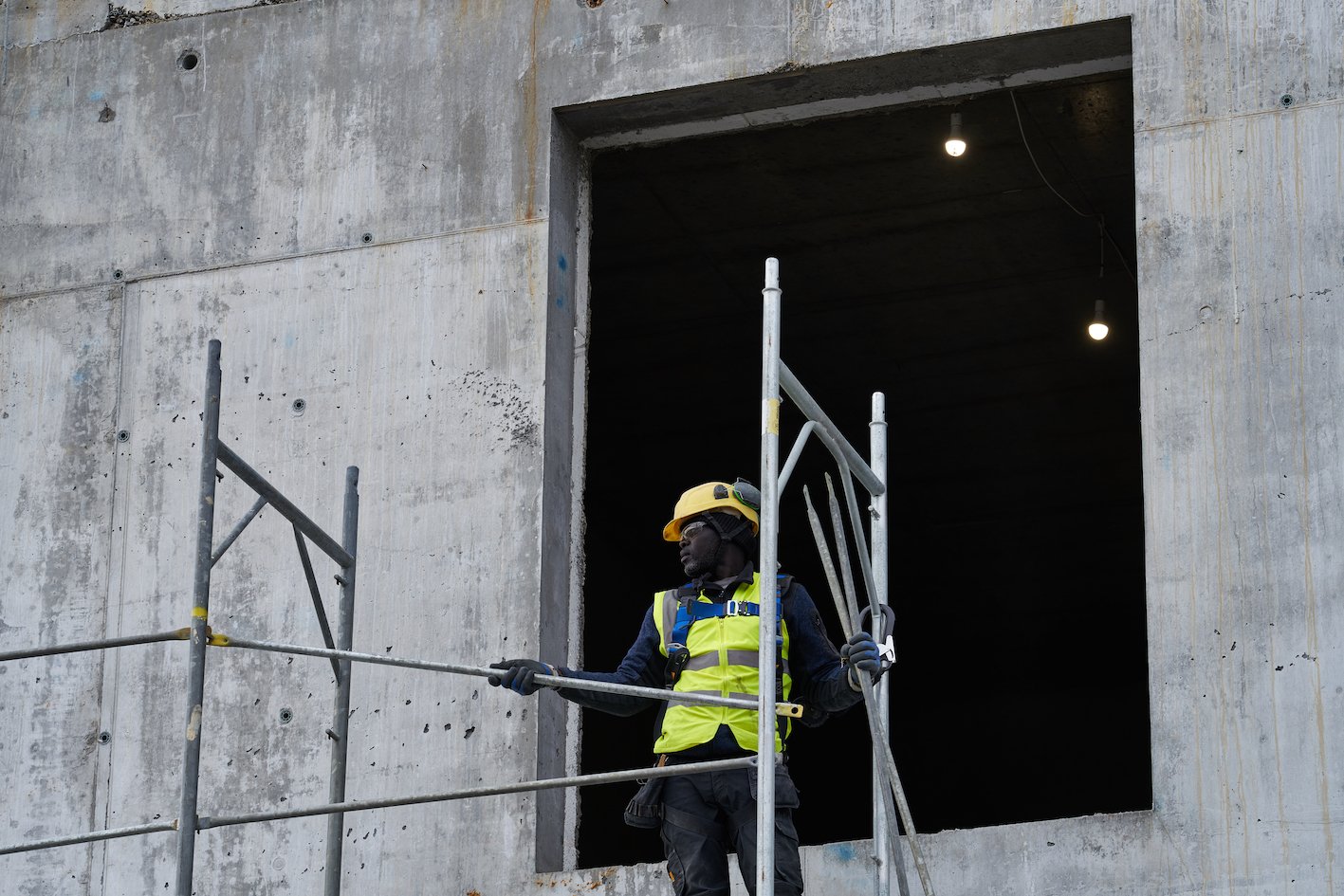
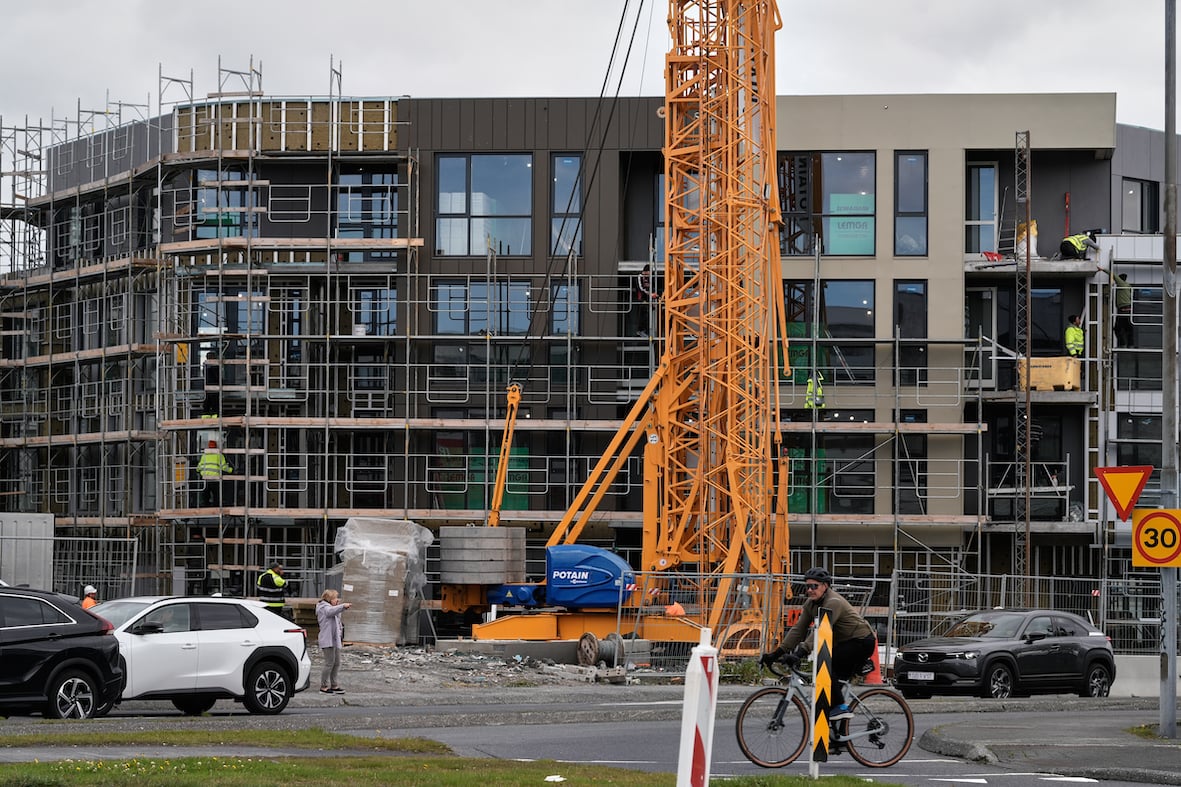
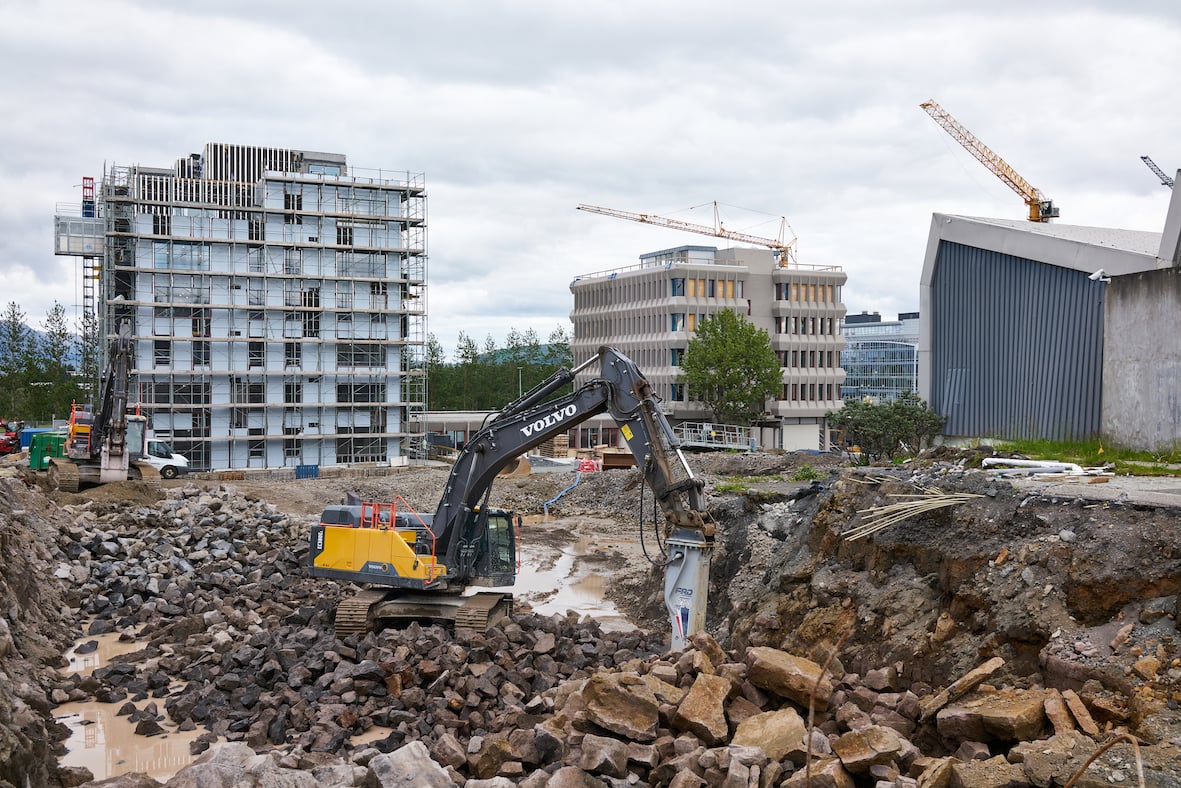
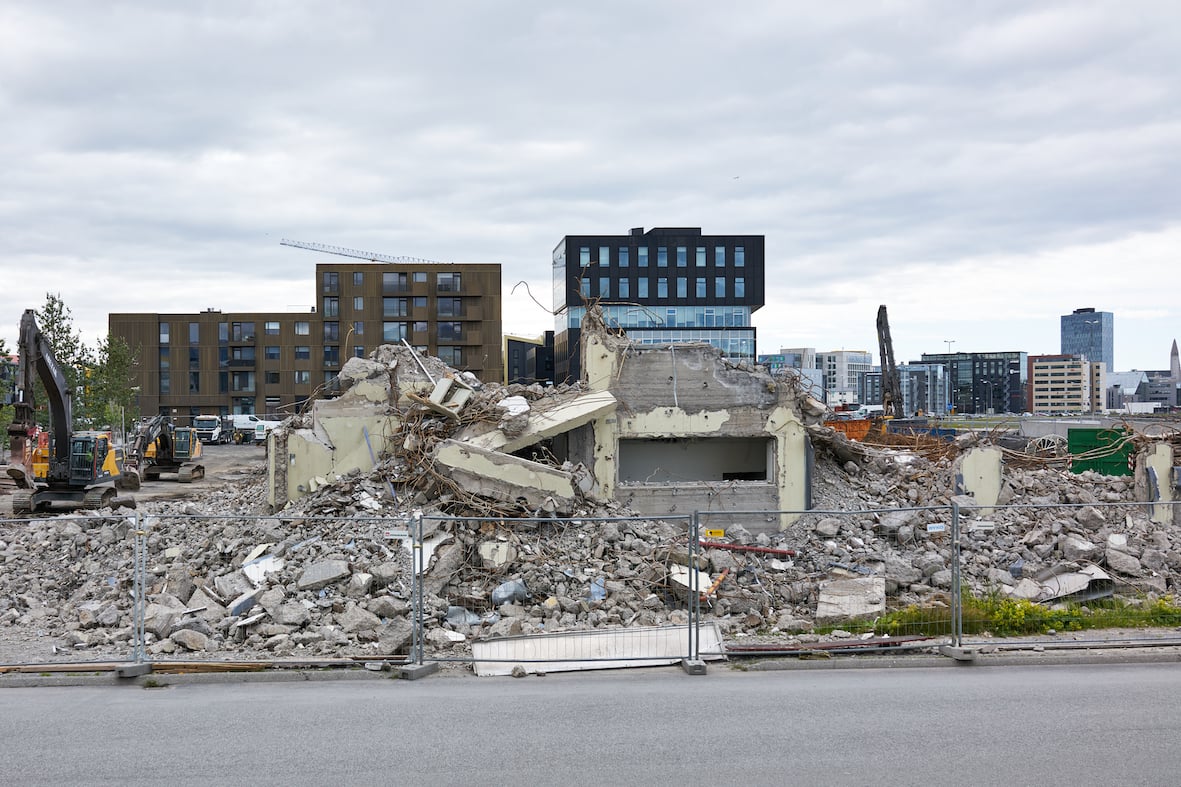

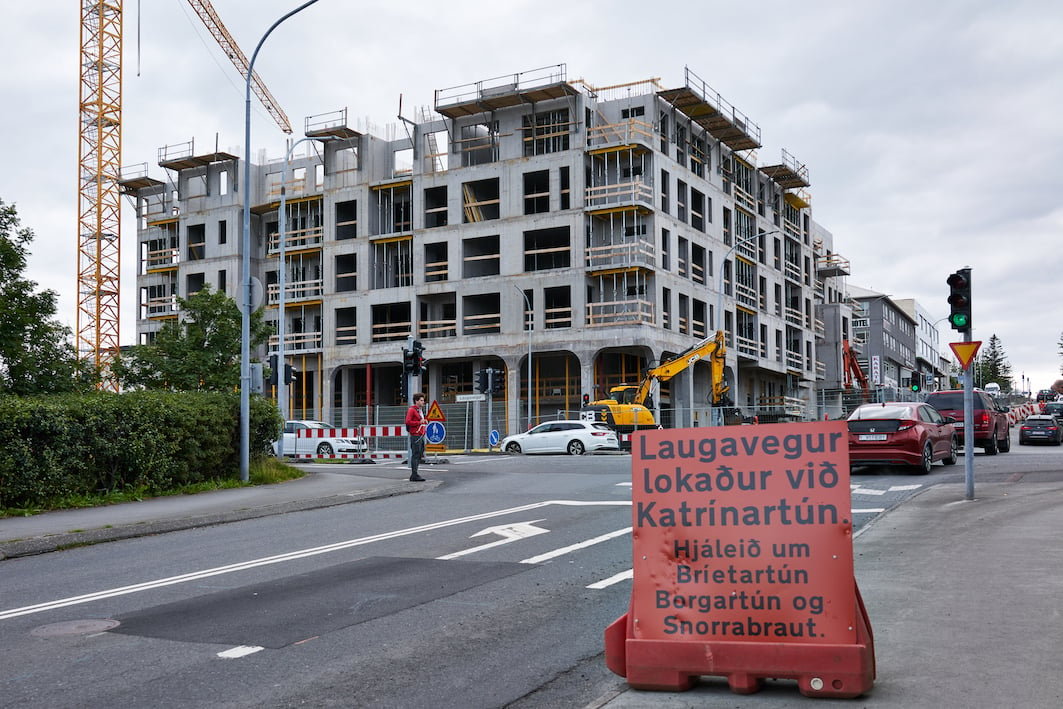
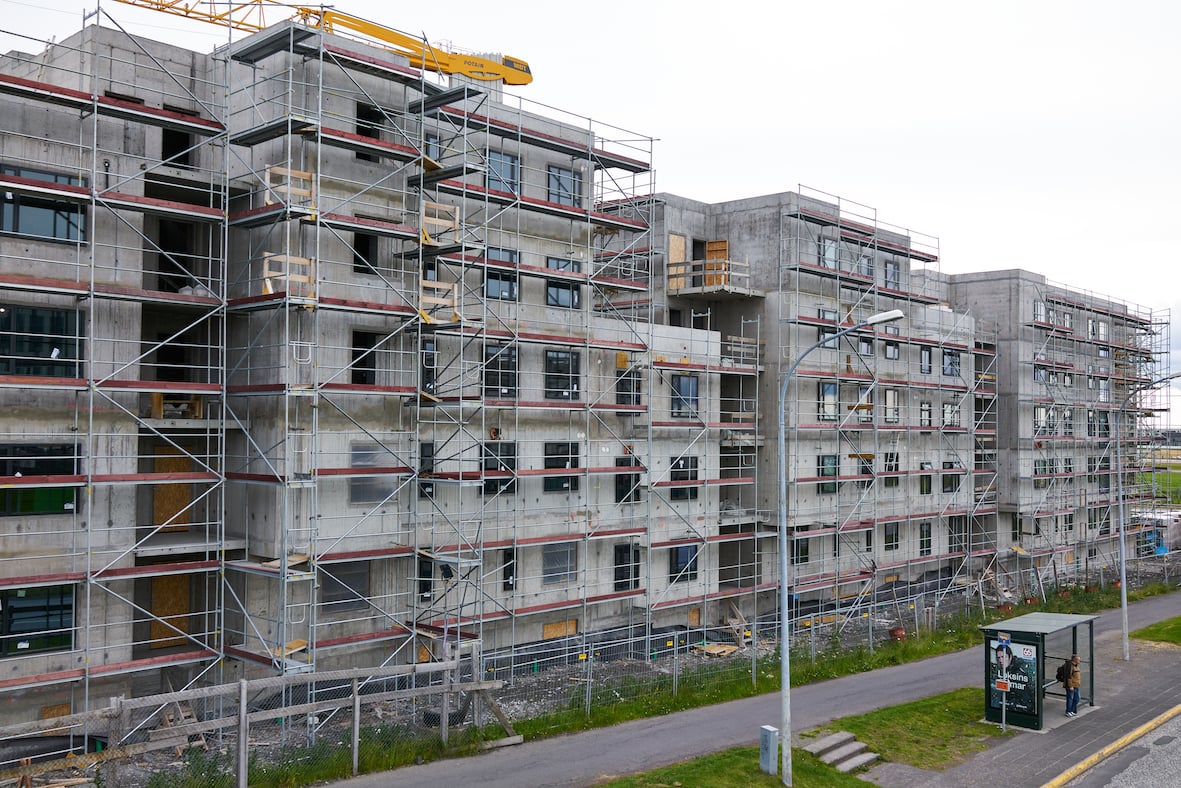
Reykjavík 12/08/2024 : RX1R II, A7R IV A7C R – 2.0/35mm Z, FE 2.8/100mm GM, FE 1.8/135mm GM
Photos & text : Páll Stefánsson


